Cumulative risk assessment (CRA) is key to characterizing health risks in fence line and disadvantaged communities, which face environ-mental pollution and challenging socioeconomic conditions. Traditional approaches for inclusion of mixtures in CRA are limited and only assess the most sensitive target organ system for each chemical.
Peer-reviewed
ABSTRACT
The objective of this study was to examine the influence of air quality (PM2.5, SO2, O3, and
NO2) on daily school absenteeism rates in students with and without asthma in an
underserved community with elevated exposure risk. This retrospective study analyzed
daily attendance and OAP exposure data from 2015/16 to 2017/18 in an environmental
justice area located in Pittsburgh, Pennsylvania. For students with asthma, both long-
term (28-day) and short-term (previous day) exposure to these PM2.5 levels 10.0–12.0 μg/
m3 significantly increased absenteeism compared to days with levels below 10 μg/m3
(RR = 1.27, 95% CI 1.10, 1.45 and RR = 1.21, 95% CI 1.03, 1.42, respectively, p < .05).
Exposure to unhealthy SO2 levels (≥75 ppb) also contributed to increased absenteeism
(RR = 1.85, 95% CI 1.17–2.92, p < .05). These findings suggest that, while the EPA’s recent
reduction in the PM2.5 good air quality standard threshold to 9 μg/m3 represents an
important step toward protecting sensitive groups, it does not fully safeguard children in
areas prone to frequent exceedances. The study underscores the importance of reducing
exposure to outdoor air pollutants in at-risk populations, as inequities in childhood
exposure can persist throughout life and disproportionately impact marginalized
communities.
Peer-reviewed
The American Lung Association analyzes and compares air quality across the nation.
This New England Journal of Medicine article analyzes how to fight polluting industries.
Peer-reviewed
A Guide To Local Regulatory Approaches That Let Utility-Scale Solar Grow from Greenlight America.
The Institute for Energy Economic and Financial Analysis critiques a Blue Hydrogen projects.
American Clean Power reviews the role of the US in the electricity market.
Beyond Plastics dissects plastic alternatives and asks the question, “Do safe and sustainable options exist?”
This white paper, produced by the Environmental Health Project, examines governmental action and inaction that suppressed public health and promoted the shale gas boom.
ACS Omega published this article investigating volatile organic compounds (VOCs) leaks from abandoned natural gas wells in western Pennsylvania.
Peer-reviewed

Energy Innovation Center – Suite 140
1435 Bedford Avenue
Pittsburgh, PA 15219